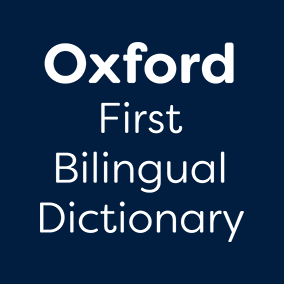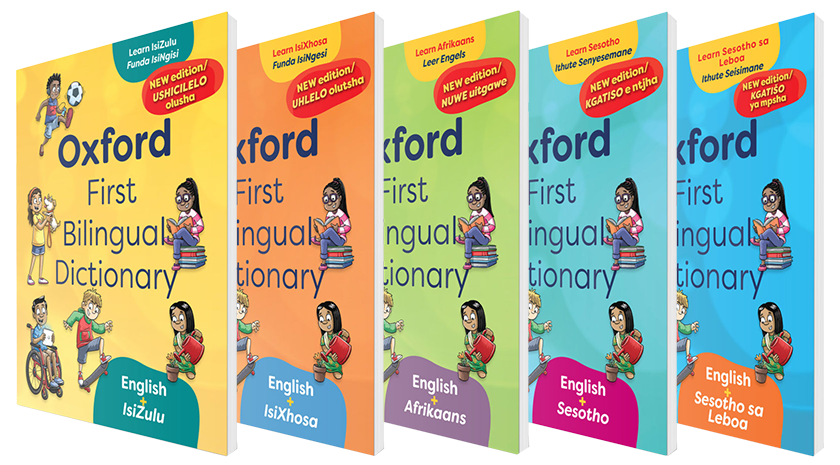 For its Word Of The Year (WOTY) for 2015, the Oxford English Dictionary (OED) chose emoji. Say what? Isn’t that more than just a little ironic? That the revered OED – guardian, recorder and elucidator of the English language – should choose for its WOTY something not only non-English, but essentially a non-word? Think about it: This cultural phenomenon is doing away with the use of English words – even whole sentences – in English and other languages. Should the OED actually be drawing attention to this anti-word trend?
For its Word Of The Year (WOTY) for 2015, the Oxford English Dictionary (OED) chose emoji. Say what? Isn’t that more than just a little ironic? That the revered OED – guardian, recorder and elucidator of the English language – should choose for its WOTY something not only non-English, but essentially a non-word? Think about it: This cultural phenomenon is doing away with the use of English words – even whole sentences – in English and other languages. Should the OED actually be drawing attention to this anti-word trend?
Why, indeed, would the OED be undermining the very cause it stands for and cherishes? Over the years the OED has established a pattern of selecting for its WOTY a neologism – a newly created word – that has gained currency in the technological, commercial, cultural, sporting or political world. The word emoji fits that pattern perfectly. Used with rapidly growing frequency by young people, especially, to text and to comment on social media pages, the emoji is a kind of shorthand that saves time and space and allows the texter to express emotions – something not easily done through words.
You could say the emoji was made just for the teenagers of today, texting one another about the latest get-togethers, gossip, jokes or computer games, so fast that predictive text can hardly keep up. Is this the kind of communication any dictionary can ignore? Or just a fad?
Judging by its worldwide popularity and usefulness in texting and social media, the emoji is here to stay. That its use will spread beyond cell phones and social media is unlikely, though. Rooted in pop culture, the emoji is best suited to slangy communication. It is not something that will spill over easily into more formal or creative writing, since the majority of proficient language users know how to match the style and formality of their language use to the social context.
There is therefore no imminent danger that the emoji will start corrupting the grammatical or stylistic quality of English – or any other language, for that matter. But will the fondness of learners and students for the emoji not affect their ability to communicate in full and well-formed sentences? There is some anecdotal evidence to confirm this, but the lack of proper language teaching and of a reading culture could be equally to blame.
If anything, with its choice of the emoji for its WOTY for 2015, the OED has made us think what good and efficient communication should entail. But with emoji it has also encapsulated the essence of social media, an undeniable part of our modern culture.




